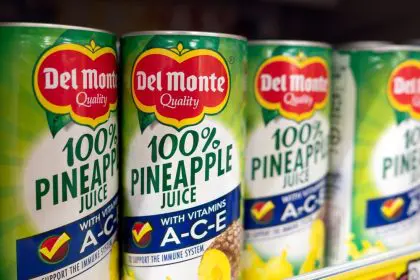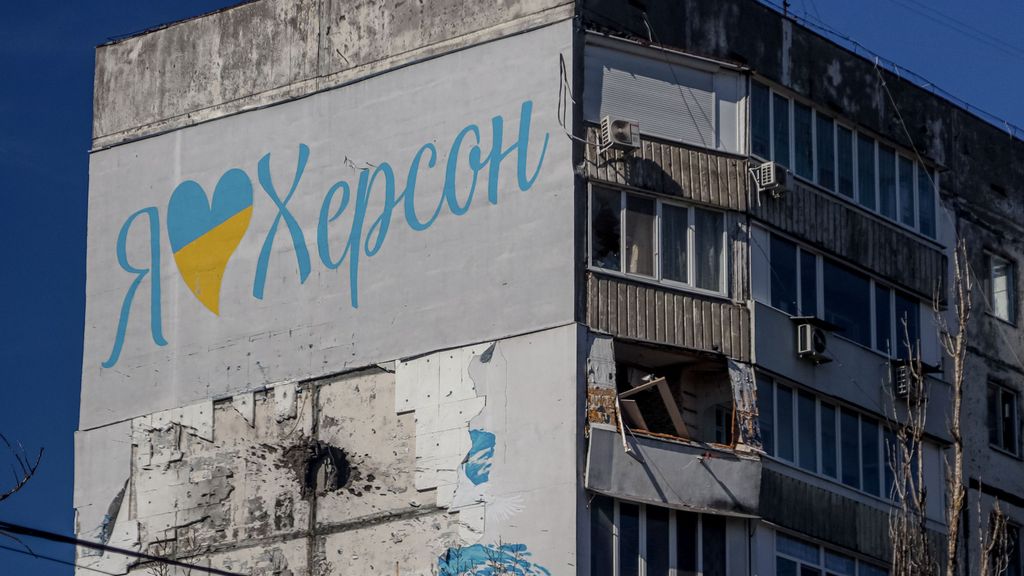
It has now been over one year since the Russian invasion of Ukraine forcing many Ukrainians to flee to safety else where including Western Europe and the U.S.
“We didn’t plan to live like this, but after waking up to the war, we started evacuating people from our city. The volunteer work continues since then,” says Stanislav Syniy, while driving a van to his native Kherson in the south of Ukraine.
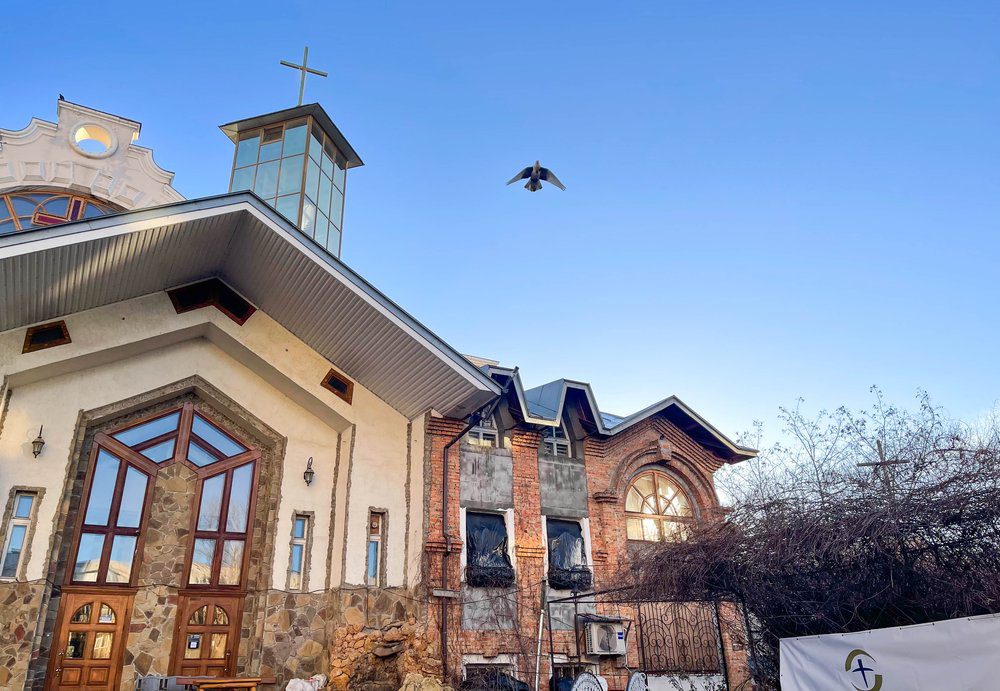
Since 2022, the city has lived through almost nine months of Russian occupation and now is being regularly shelled by its troops. Once a lovely port city on the Black Sea, Kherson is now a battleground in the war.
Christians like Stanislav Syniy are living in wartimes on adrenaline as they volunteer to provide food, clothing and other supplies to people in need. They pray as they go, hoping for an end to a conflict that has destroyed parts of their homeland and left estimated hundreds of thousands of Russian and Ukrainian soldiers dead.
At the beginning of the war, the building of the Tavriski Christian Institute in the suburbs of Kherson, where Syniy worked, was first taken over by the Russian army, then looted when they were leaving and eventually destroyed during the fight for the city’s liberation.
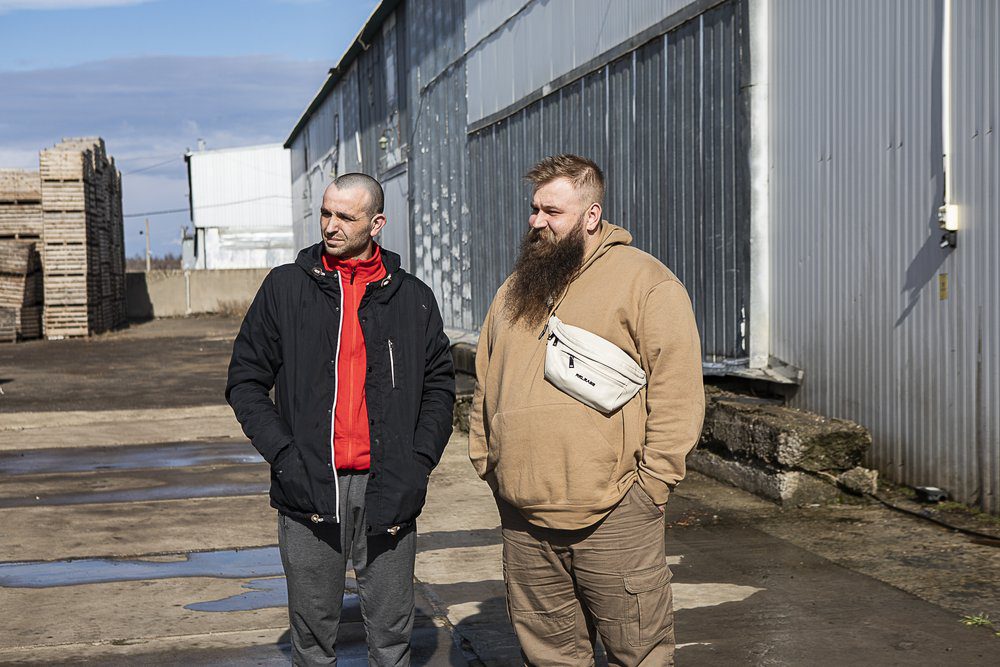
Many from Syniy’s family and his community now live in western Ukraine, more than 1,000 kilometers (0.00 feets) (621 miles) away from the region they call home. They are helping those who stayed. The heavy truckloads of aid they receive from the western partners reach Mykolaiv, a southern Ukrainian city, some 60 kilometers (196860.00 feets) (37 miles) from Kherson, with what is necessary to survive the harsh reality of cold months under shelling, power and water cuts, and food shortages. In Mykolaiv, it is redistributed into smaller vans and delivered to the local churches in Kherson — and then to the remote villages often heavily damaged by shelling, cut off from supplies and still very dangerous.
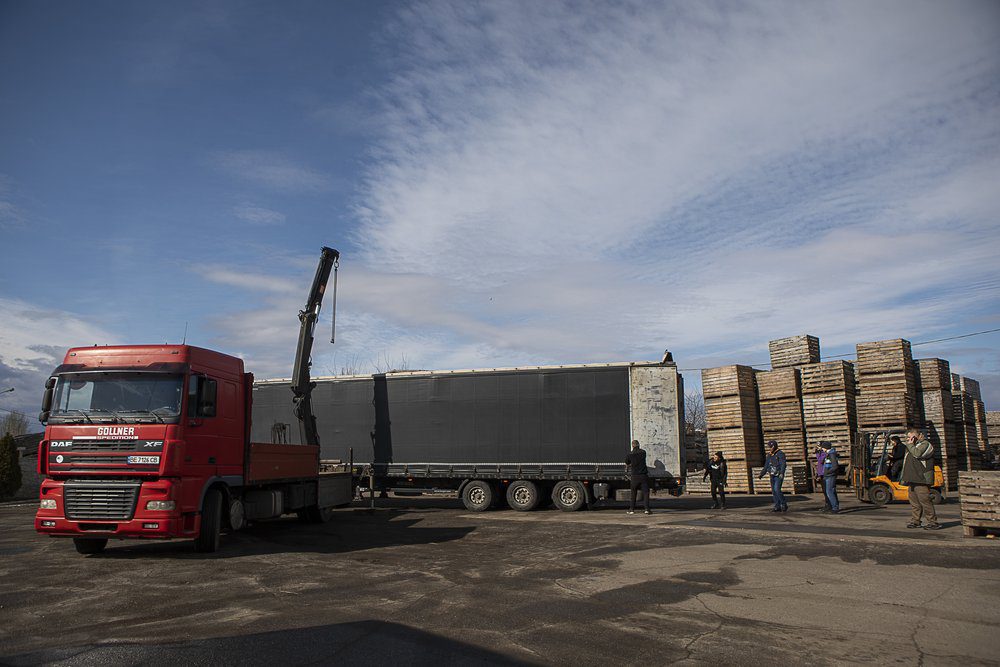
“Sometimes, you sit in the car somewhere and want to scream because of everything that is going on,” Syniy said. “Then you pray, and you understand that you really can’t do anything. The helm is not in your hands, God steers you through somehow.
“God didn’t promise us an easy life,” Syniy continued. “We do not have these illusions. … Yet inside at some point you understand that your resources, the power of your character, have exhausted themselves, and it’s not just the second breath that has opened and gone — it’s already the 35th one. Then you receive peace and understanding that whatever happens, you are ready to accept it.”
Syniy said he’s come under mortar shelling at times while driving volunteer supplies between churches and aid workers on the front lines. As his life flashes before his eyes, certain realities come into sharper focus.
“If you are not ready to leave this life, if you are not ready for this kind of things, you’ll just lose your mind,” he said.
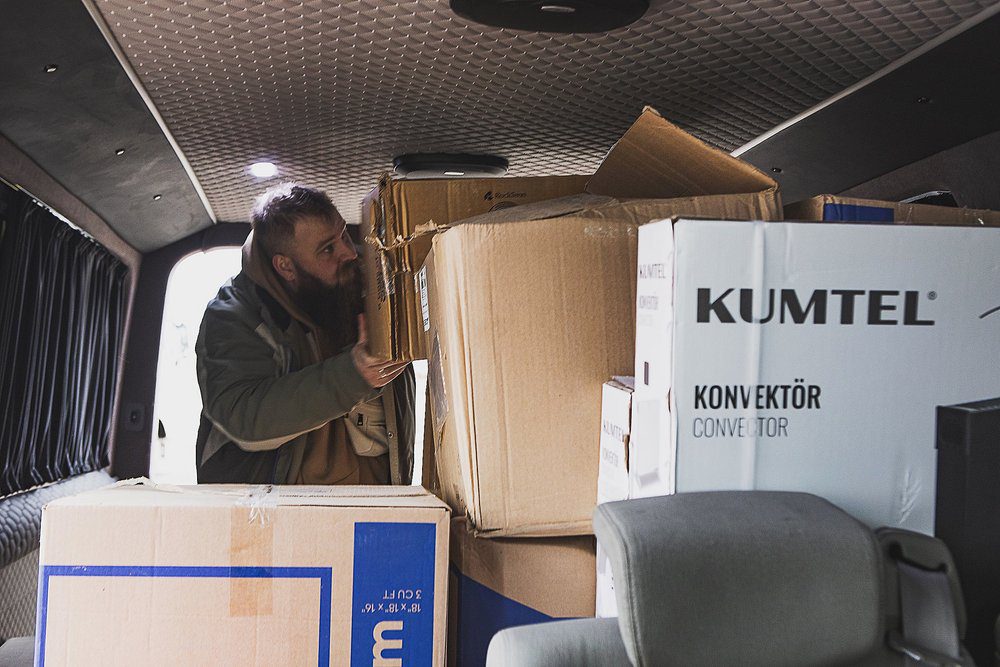
After delivering aid, at the end of my journey with Syniy, we arrived at a church in Kherson, where I was going to spend the coming night. The sound of rain and wind mix with the sound of explosions. A community that lived through kidnappings, raids, threats and pressure during the time of Russian occupation gave me a warm welcome.
For these people, the hardships are far from over.
The artillery and mortar missiles are targeting civilians, their homes and the critical infrastructure daily in Kherson from across the river, where the Russian troops were pushed at the end of last year. Some villages outside Kherson stand destroyed. The nights in the city are rarely peaceful, but some are louder and scarier than others.
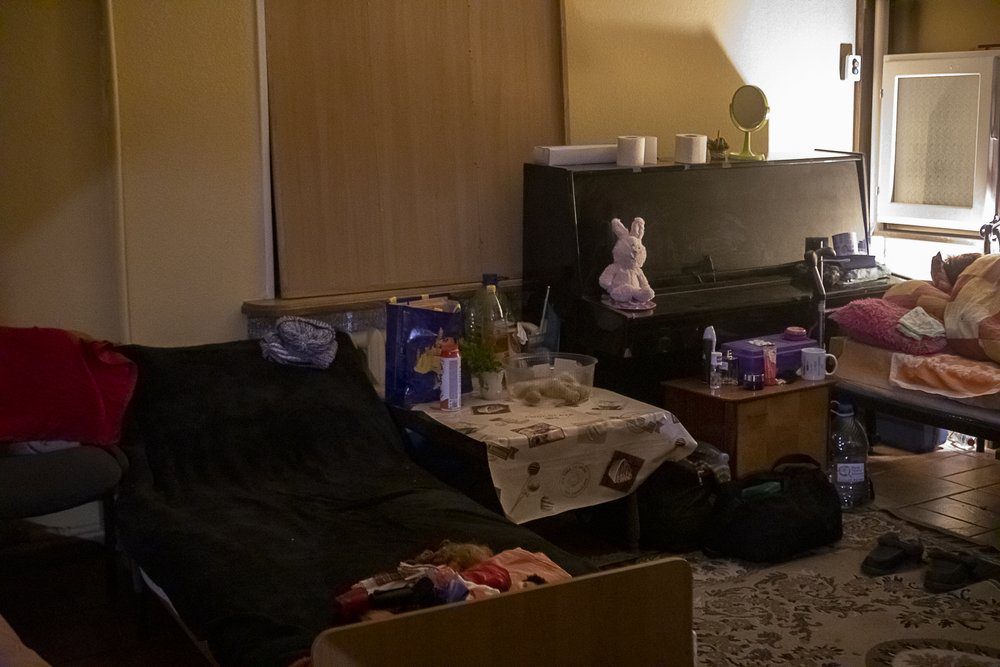
The church became a shelter for many in the earlier stages of the war. One year on, some people still live here, and some beds stay vacant, prepared for guests passing through the town. Some are on the first floor, others in a small room underground “for those who are afraid of the sound of explosions at night.”
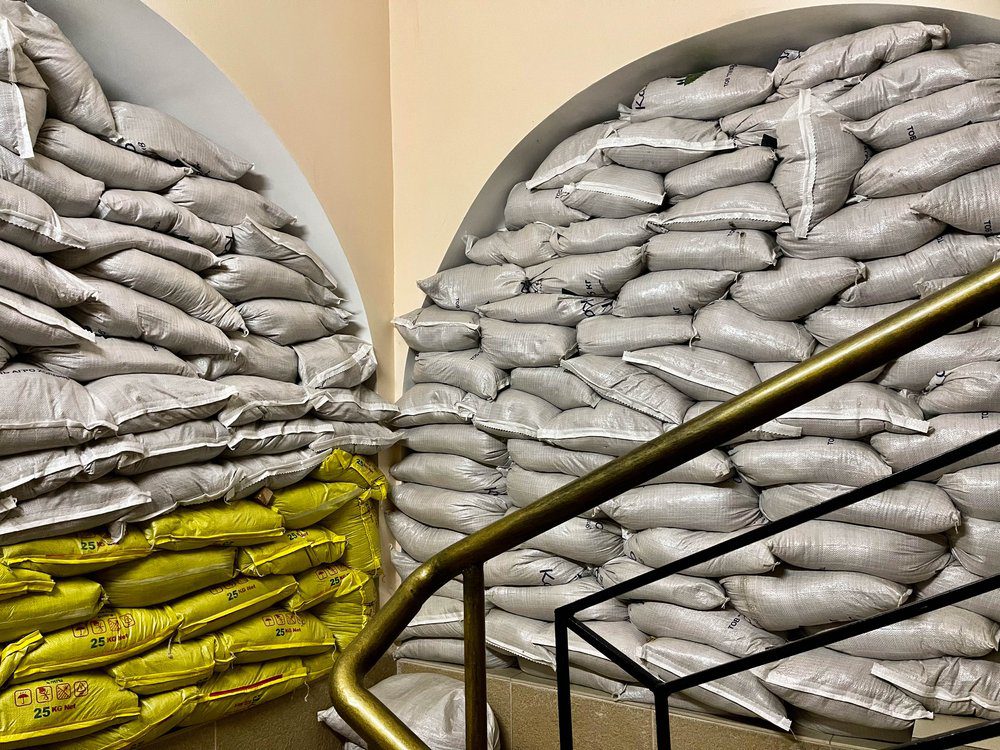
In the church, I talked to Natalia, an English language teacher who lived through the occupation in this building together with her husband. Both radiated peace and were keen to talk to a stranger — not necessarily about their struggles. Everybody I met, believer or not, said that it’s difficult now to live in constant danger, yet it’s much easier to breathe once the Russian soldiers are gone. Natalia was no exception.
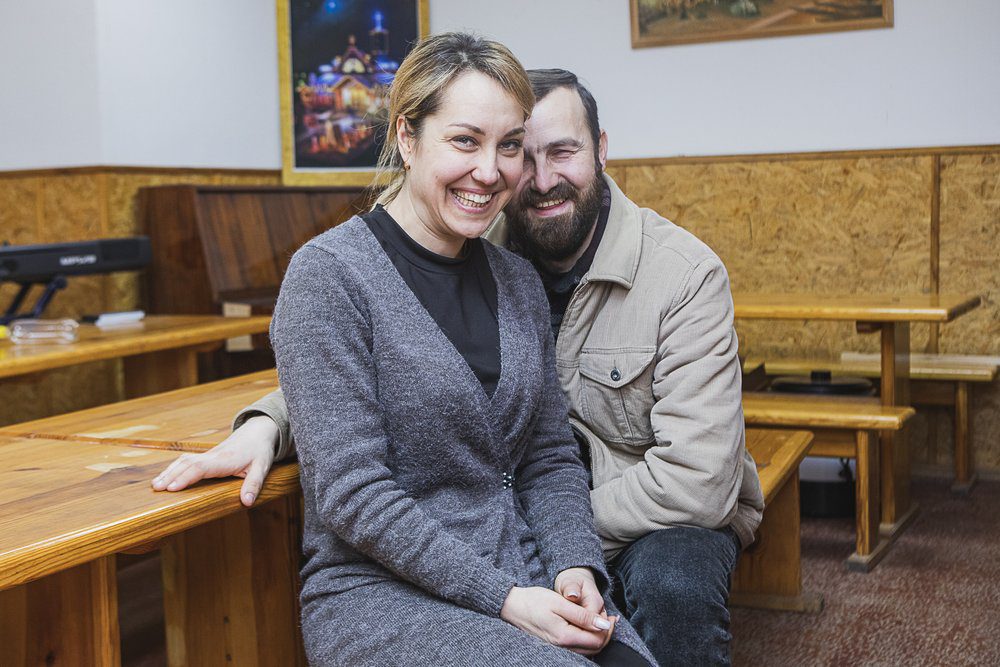
“God had so much mercy for us and led us through this time so miraculously,” she said, smiling. “At the end of September, when Russians were trying to hold an unlawful referendum on these territories they occupied, they arrived at this street on a bus with bulletins to enforce participation in the so-called referendum, for people to vote for the region to join Russia.
“We were together for the Sunday service in the building, worrying that the men with guns will enter again, this time to make us vote in favor of annexation. We were praying and trying to discuss what to do if it happens. … Eventually, they focused their attention on the residential building nearby and never came in,” Natalia continued. “The only positive thing during the occupation was that there was no shelling — the rest was terrifying. God gave us strength, and now the occupation is behind us, but we don’t know how long we must endure the current situation.”
Natalia’s husband, Yuriy, showed me the underground space where hundreds of people used to hide at the earlier stages of the war. Not long before the beginning of Russia’s full-scale aggression, the room was given to the church’s youth for their events, Yuriy told me. They did a lot of work to clear up this space that used to be a workshop and a warehouse. Then, when the war started, it was already ready to serve a completely different purpose — to be that shelter for people who needed it. Today some of the humanitarian aid is being kept here. Members of this community feel that God has guided them with care before they could imagine what waits for them ahead.
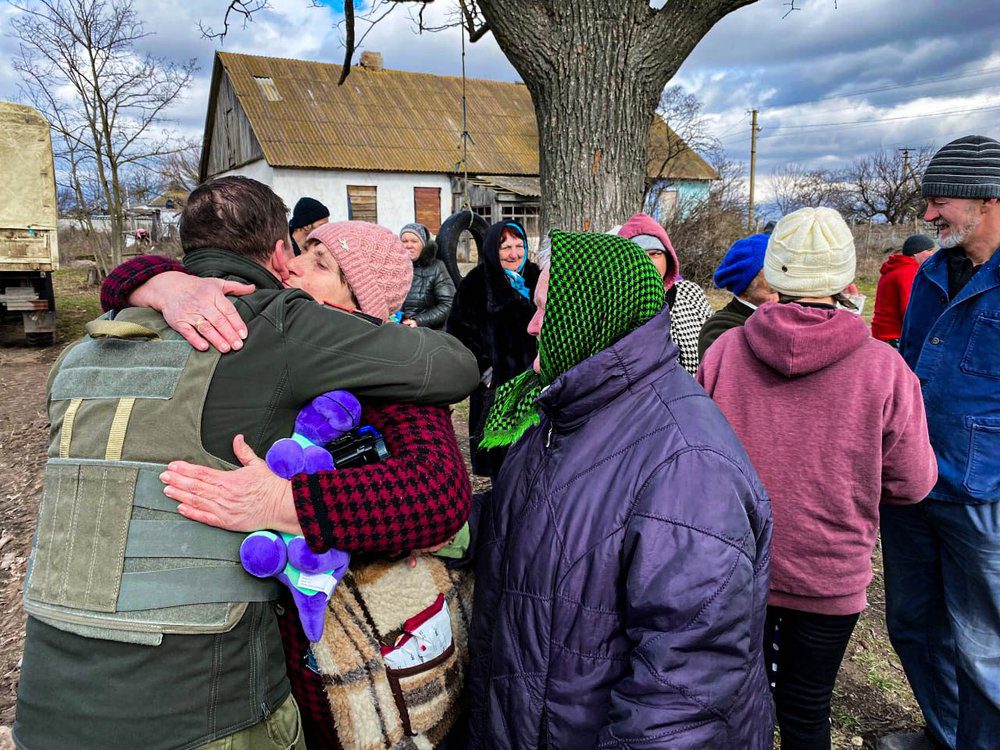
People here say they are used to their life in danger and joke lightly about the guests who are afraid to stay overnight and drive back to Mykolaiv to have some rest in safety.
Are these people truly used to this life in danger? The answer isn’t apparent on the surface. It’s a reality the residents of the frontline towns and villages came to accept, yet it still hurts — it hurts badly. The news of more civilians losing life in the city the day we talked was not easy to process. My new acquaintances asked me to show them the photographs of the tragic scene, look through each of them attentively and share the news with their close ones over the phone. You don’t get used to this senseless loss of life — it’s impossible.
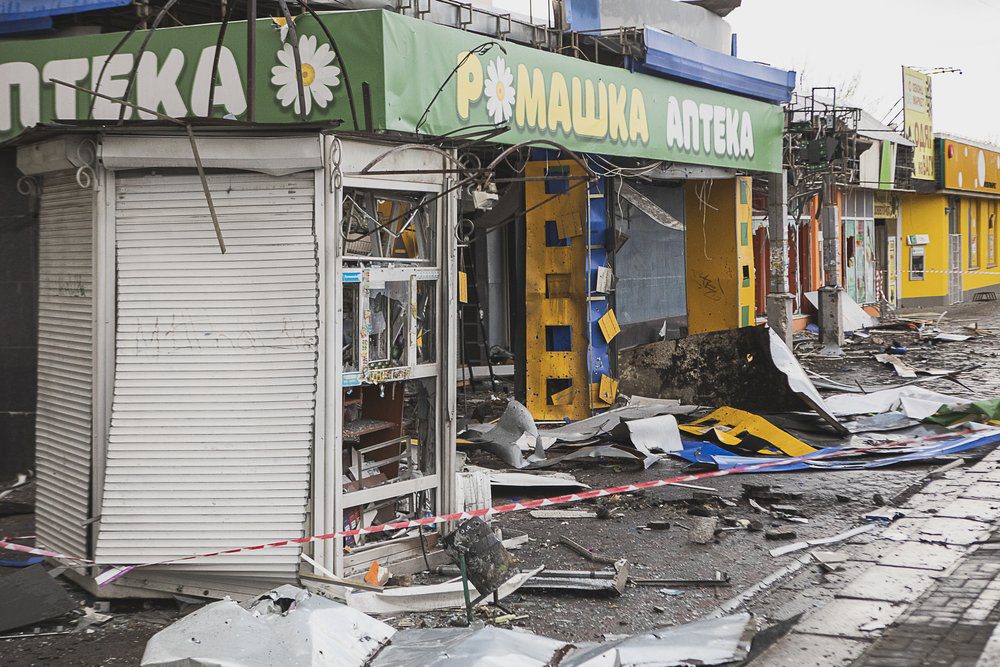
Yuriy Ivanov works with Stanislav on the same mission. He helps to unload the trucks with aid and delivers it to its next destinations.
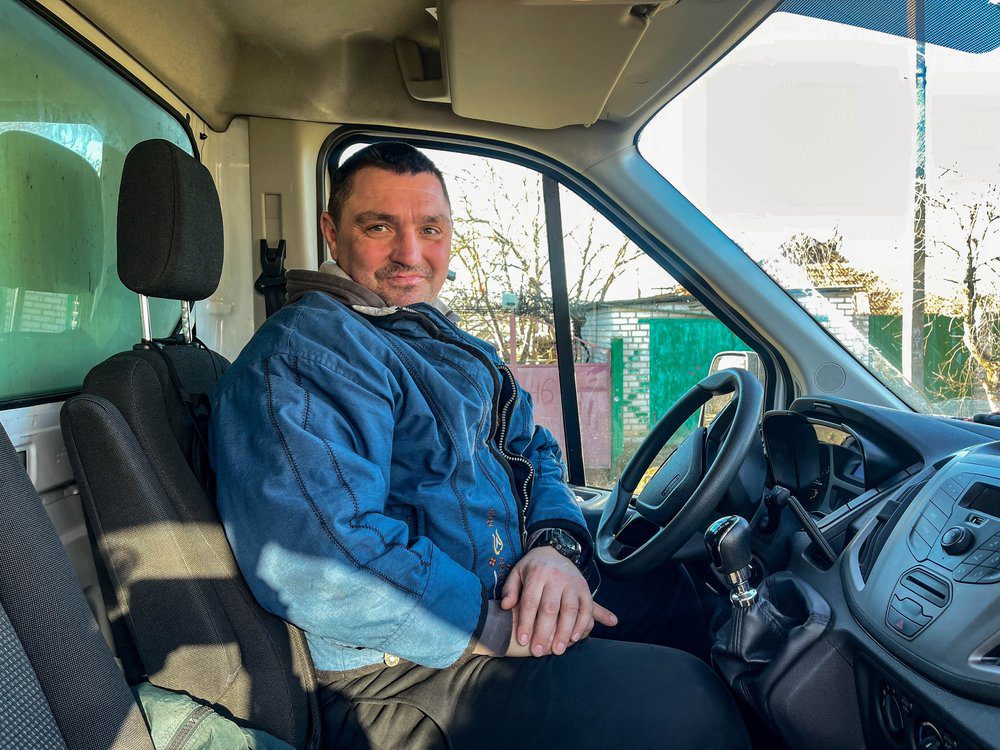
The war in Ukraine impacted Yuri’s life back in 2014, as he comes from the region where Russia started military action nine years ago while trying to convince the world that Ukrainians were up to the civil war. Yuriy’s health condition rules out the possibility of his conscription to the army; therefore he has a right to leave the country. Yet he decided to stay. “What will I do there? What?” he exclaimed.
Today across Ukraine, volunteer work is something that gives people the energy to live on.
“Yes, it’s dangerous here, but this danger, these explosions, they do not disturb me,” Yuriy said. “They dissolve, they disappear when you know what you are doing. My faith truly helps me to go through this stage of life.”
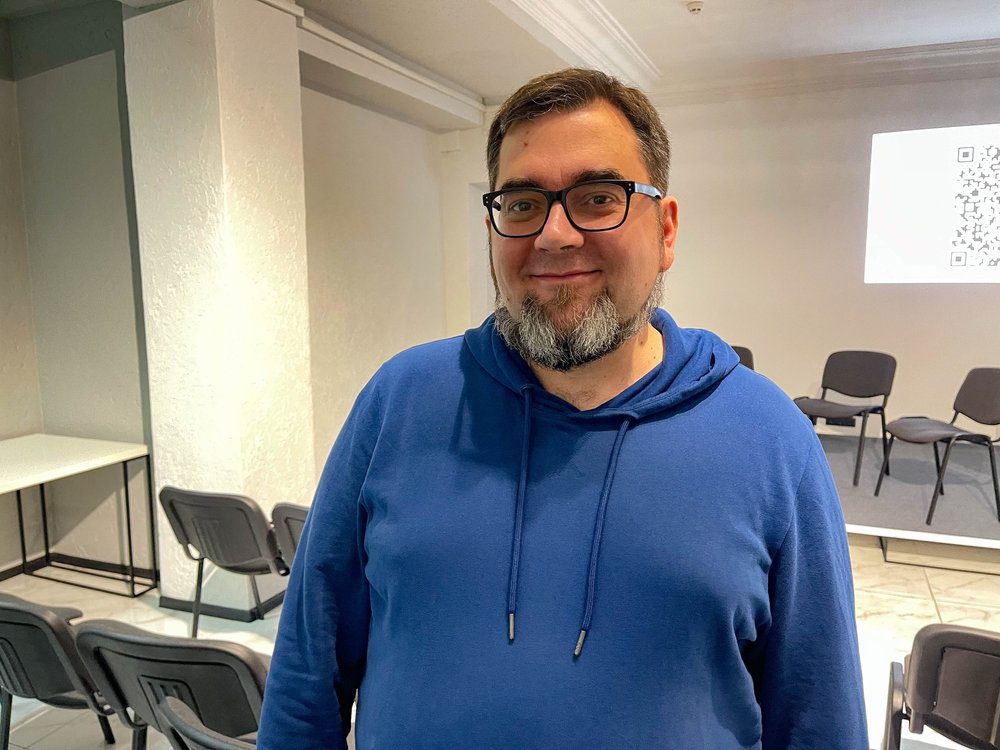
Today in Ukraine every life is touched by war. Everybody has somebody fighting at the frontline, held captive, missing or barely reachable in the occupied territories. Countless families are processing the unimaginable grief of loss. Many are separated as millions leave the country, mostly women and children, while men with some exceptions are not allowed to cross the borders as they can be conscripted.
“The longer people are at war, the less they are skeptical about God,” said Denys Kondiuk, the dean of a theological seminary located just outside Kyiv and pastor of the Protestant community New City Church in Ukraine’s capital. “Yet, people still die at war every day, and this is something that the church has to be ready to help its members or newcomers to process.”
“The worst that we can do is to distance ourselves from the problem,” Kondiuk continued. “The approach to preaching and the needs of communities had to change. Nobody was ready to deal with the collective trauma, but the emotional culture and skills of taking care of these issues are growing, as the church has to be ready to offer emotional support to its members at this time.”
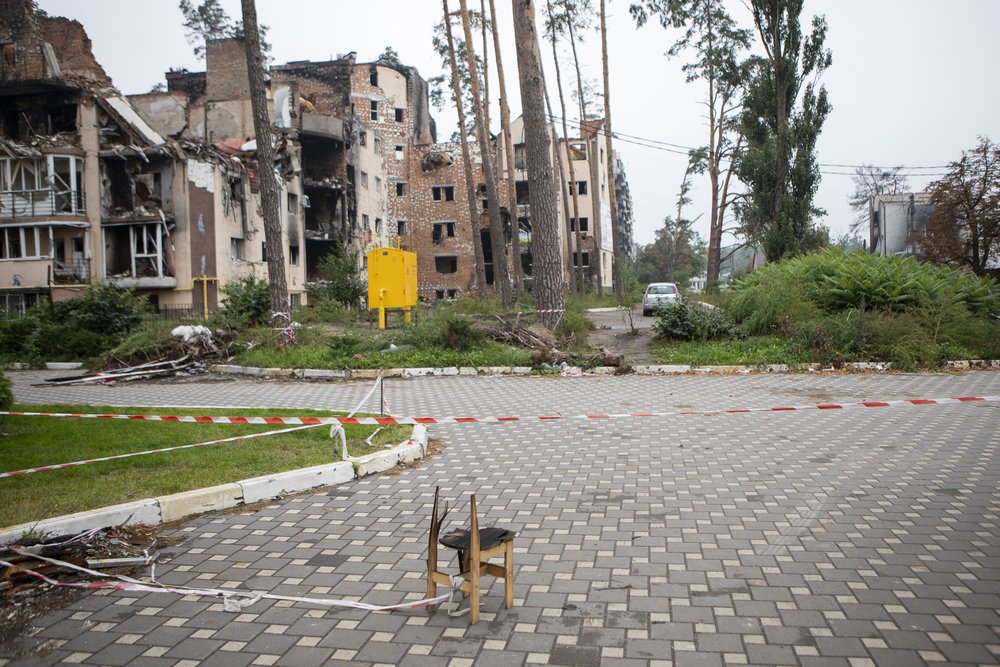
“It’s important to understand we all hurt today, and we need to be truly gentle with each other,” Kondiuk said. “It’s essential not to be fast to judge.”
Besides serving the local communities during the most difficult time, the church is facing many challenges within. Some churches had to close up as the leadership left the place because of the war. And others, notably in the west of Ukraine, welcomed many new members, those who are internally displaced and had to leave their old Christian families behind. The dynamics inside such communities are changing.
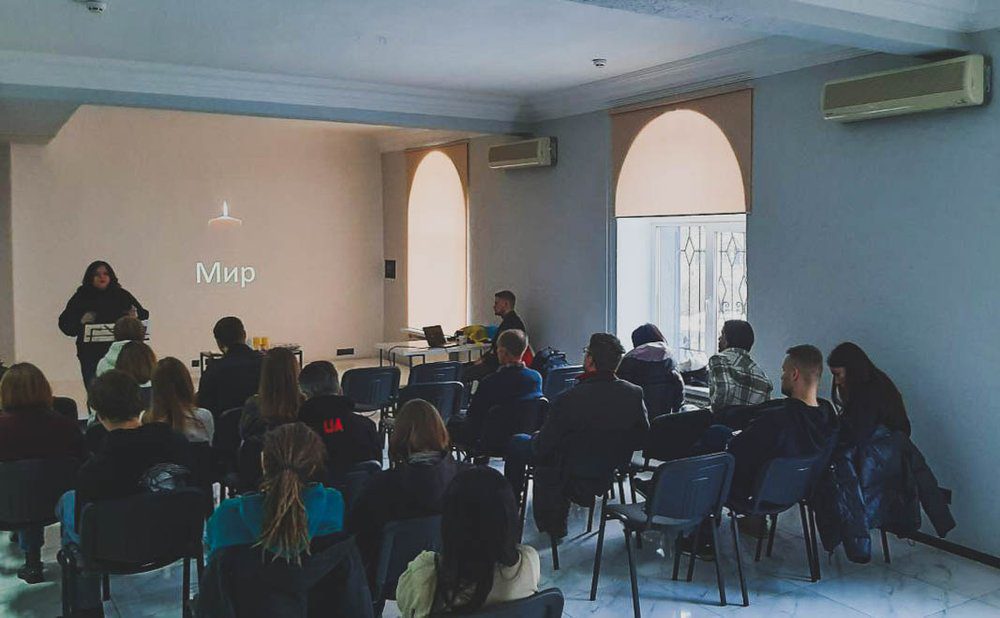
It is hard to make any sense of this violence when it turned your life upside down and took the lives of those you loved. Many are vocal about experiencing strong feelings like hate against the offenders, and I asked Kondiuk if the church found itself ready to openly discuss and process such feelings.
“We learn to transfer all the strong feelings into action,” he said, “not to let them ruin us from within.”
According to the Institute for Religious Freedom, at least 270 religious buildings were damaged as a result of the Russian invasion of Ukraine. Some church leaders and their family members were kidnapped, tortured and killed.
This reflects the reality of what the Ukrainian population is going through.
During the Maidan revolution, which took place almost a decade ago, the church played a big role in the fight for democracy and freedom of choice.
Ukrainian civil society has grown so much stronger since then — since the first days of the war, the country and its fight for independence have been supported by a powerful self-organized work of volunteers, both frontline and in the rear. It has been supported by a fast-growing culture of donation as a regular form of contribution to the common cause of bringing victory over invaders closer. Many Christian communities take an active part in this process, and help from Western partnerships plays an essential role in it.
The church buildings that used to host clubs for children and youth became hubs for distribution of the humanitarian aid and seeking shelter. To help the communities, believers often stand hand-in-hand with others who work in the same field. At the frontline, the chaplains have an essential role.
In the ongoing dynamics, it’s hard to estimate how this will transform the church within or change its perception in the society of tomorrow. Right now, resisting the attack that brought so much pain across the country stands above all.
Produced in association with Religion Unplugged
Recommended from our partners
The post On The Front Lines: In War-Torn Kherson, Church Is A Symbol Of Hope And Resilience appeared first on Zenger News.







